Trichinopoly Cigar, Churchill, World War II, Sherlock Holmes and Trichy in India
Trichinopoly Cigar, the one that Churchill loved and Sherlock Holmes used was from a town in British India that lent its name to it – Trichy
What was it that Winston Churchill, Sherlock Holmes and the average Balaji in South India loved? The Trichie or Tritchie. The Trichinopoly Cigar which is a type of cheroot that the town of Trichy or Triruchirappalli in Tamil Nadu, India, is famous for. Incidentally, Trichinopoly was the name of the town in British times.
The tobacco for this was actually from the town of Dindigul near Trichy, but that’s Ok. “Dindees” as a name doesn’t have that zing to it does it? Like “Tritchie” which conjures up images of the East and strength and mystery and aroma… To me, at least… 😉
But I may be biased. My school in Calcutta has a “House” called Churchill House. Churchill was never seen without a cigar – a Tritchie, I think. And most kids then had a collection of at least a few Sherlock Holmes books…
The Trichinopoly Cigar and the British
In the famous “Study in Scarlet”, Sherlock Holmes describes a suspect to Scotland Yard cops with an iconic dialog, remember? It was “He was more than six feet high, was in the prime of life, had small feet for his height, wore coarse, square-toed boots and smoked a Trichinopoly cigar”. The Trichie has been all about a faint whiff of mystery for me since childhood when I read this dialog. And practiced the dialog delivery to friends and mirrors countless times… 😉 Even the great Hitchcock mentions the Trichie in a 1938 film – The Lady Vanishes.
The Trichie was in fact a major Indian export in British Victorian times. It was cheap, it was crude and it had character. It was produced by a few companies – Fenn Thompson, Hunter & Co, John Mayer and others. They once brought the famed Trichinopoly Cigar to fans across the British Empire. Of these, Fenn still survives and plies its trade!
The Tritchie or Trichinopoly Cigar
The Tritchie was a good cigar, though a bit rustic and rough. Coarse even. But afficionados loved it. And, so did Churchill. The tobacco was majorly from Dindigul and Karur, towns near Trichy (then called Trichinopoly and now Tiruchirapalli). Some of the tobacco came from outside Tamil Nadu – West Bengal and even Cuba. The cigar-makers then fermented the tobacco for a few years in distilled fruit juice (orange, apple, pineapple, grape) with added jaggery and honey. They did this in carefully determined proportions for the right flavour. Skilled workers then hand-rolled the tobacco into 6 inch-long cigars.
This gave them their unique Indian flavour. Many believe it is somewhere between the Cuban and Dominican ones. Churchill was supposed to have been impressed with this flavour. Plus the mild aroma compared to the pungent smell of the Havana cigars. The Tritchie may not be as fancy as a Cuban cigar, but it definitely has a very bold personality.
The Marketing of the Tritchie or Trichinopoly Cigar
Fenn Thompson Company in Trichy was one of the companies that supplied these. And no, it was not owned by an Englishman as the name would suggest. An Indian, Solai Thevar, founded it in 1900. In fact, Indians owned all the cigar companies of Trichy. They just gave the companies British-sounding names to escape racist prejudices from the consuming public across the World. 😉
Fenn Thompson branded their cigar as a “very mild smoke”. The pricing was very aggressive – half a pound for a thousand! This was at a time that the then brands, Major Coronas, La Corona, etc were priced at o.8 pounds for a hundred! Aggressive right? No wonder that they cornered a significant market share among their target group. Legend says this included Churchill, but this is unverified as of now. They are possibly the only Indian cigar manufacturer as of today, with brands like Churchill Special and Black Tiger.
The Trichinopoly cigars were so famous at the time, that many famous authors wrote about it. Sir Arthur Conan Doyle, Dorothy L. Sayers, R Austin Freeman, Jorge Luis Borges are among them.
The Tritchie, Cheroot and Suruttu – its impact on the town of Trichy
In Trichy, the locals call them ‘suruttus’. The actual term is ‘churuttu’ meaning ‘rolling up’. The Brits renamed it as ‘Cheroot’ and it spread in the British colonies. In fact, I have tried them in Burma where they are still called Cheroots and available at roadside shops. I guess it was the Tamil workers in Burma under the British who brought the Cheroots here. Or maybe it was another source of cigars for the Brits.
Anyway, this was a big export item from Trichy during the times of the British rule in India. It became quite a hit and the locality called Woraiyur in Trichy became associated with the Tritchie. There were around 4000 cigar manufacturing units in Woraiyur then. It led to increasing the economy of the town and put it on the World Map. At one point, they were exporting 12 million Trichinopoly Cigars annually!
The Decline of the Trichinopoly Cigar
High taxes, lack of skilled labour and the advent of factory-made, cheaper cigars spelt doom for the Tritchie. Cigarettes arrived then, as a cheaper alternative to cigars. Many cigar consumers shifted to cigarettes. The final blow to the industry came when public opinion about smoking changed. Smoking tobacco started being viewed as an unhealthy habit. In the age when the Tritchie flourished, smoking was a cool, sexy thing to do…
One by one, all of the 4000 units shut down, except for a couple. As I had mentioned before, now only one survives and they operate with a skeletal staff. They supply to customers in Germany and England, only manufacturing on demand.
The Mysterious British post of CCA
During World War II, in the early-1940s, the Nazis attacked and destroyed ships on the Atlantic Ocean. These carried weapons and food from America for the Allied forces in Europe. The Havana cigars in the cargo were a major loss for cigar afficionados in Europe. A big consumer of these cigars was Britain’s Prime Minister, Winston Churchill. In fact, he was never seen without a cigar. We all know the impact of nicotine withdrawal. The British were rightly worried about the effect of nicotine deficiency in their Prime Minister…
The Governor of Madras created a secret post using his special powers under the Defence of India Rules. The CCA was born thus – in the British Governor’s Madras office at Fort St. George. Everyone believed CCA stood for Chief Confidential Assistant for some secret wartime dealings. Only the governor, the chief secretary and the incumbent knew the details of the role of the CCA.
In the 1960s, a letter surfaced from the CCA to the Madras Government. Further incidents revealed that the CCA stood for Churchill’s Cigar Assistant, a cigar taster for the PM! His job was to get the finest Trichinopoly cigars from Trichy in Tamil Nadu, India to make up for Churchill’s beloved Havana cigars.
The CCA carefully selected, procured and sent the Tritchies to Britain throughout the War. Churchill loved it. After the War when Churchill lost the election in 1945, the supply still continued for Churchill and his successor. The new PM, Attlee was also partial to the Tritchie!
The new Indian Government stopped the supply of Tritchies after India gained independence in 1947. The CCA was forgotten. And then, like I mentioned, in the 1960s, the whole back-story came to light.
Trichy the town
Of course, Trichy has more claims to fame. It’s a major temple town in India housing some of the most revered and impressive temples like those in Srirangam. It is Tamil Nadu’s 4th largest city and a buzzing commercial centre now. Being located on the banks of the River Cauvery, it was in ancient times, the capital of the powerful Cholas and then the Pallavas.
The Rock Fort is a monument to be seen – in fact, the town is built around the Fort. Ancient temples and 18th century Churches, colleges and mangrove forests add to the tapestry of tradition in this modern town. The trade here is around cigars, textiles, jewellery, paintings, musical instruments and tourism. Major industries like engineering, tanneries and cement also thrive here.
Getting to Trichy
Trichy has an international airport connected to a few towns in India and abroad. The rail network is better and connects with most major Indian towns. The best way to get to Trichy is by road. Excellent roads connect the town to most South Indian towns.
In case you wish to travel to South India, click on Tamil Nadu History and Culture
In case you wish to check out other experiential travel options, visit https://beyonder.travel



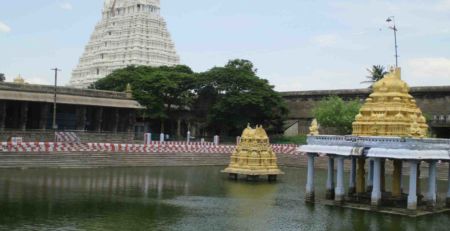
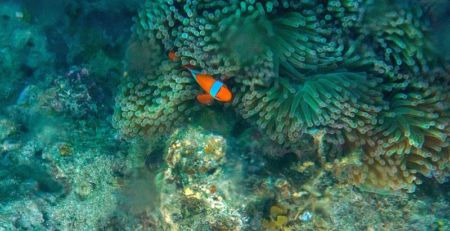

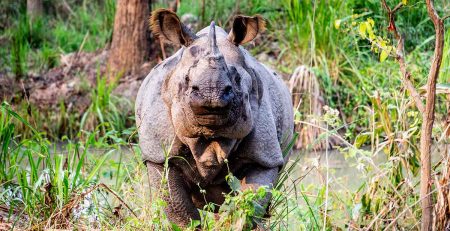
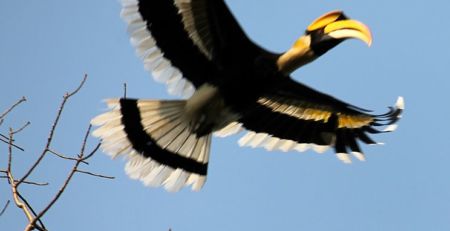
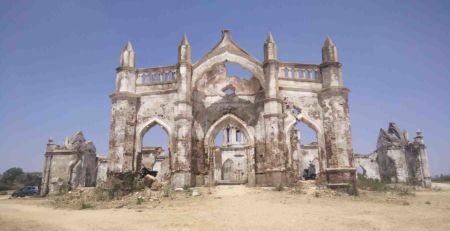
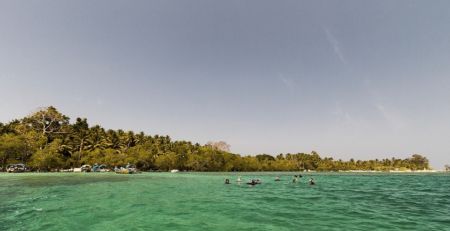

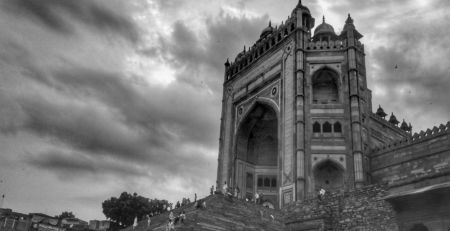
Comments (9)
Yes,. Now I too remember few bengali fictional characters used to smoke Burma Cheroots.
Yes, it is quite a cottage industry in Burma. I was able to get branded ones there. Even un-branded ones are sold in small roadside shops. They are probably made at home – quite good though…
In fact anandji..handcrafted cheroot..was a speciality of a small town near trichy called orraiyur..the famed handrolled cigars locally called the surruttu for churchill emanated from there..but trichy being the major town..the place got attached to this product.chewable tobacco of old brands like ameer basha etc.came from those areas..still do.
That’s interesting… Thanks
This is excellent to know about my Home Town. I am travel lover & I want to actually know the history behind Trichinopoly Cheroot. Thank you for the information. My Grandfather use to smoke surruttu till his last breath. He used to work for British Army. Regards, Martin Felix.
Thanks Martin. I’m glad you liked the blog…
Even about a decade back, in Kolkata, we used to buy Mild Corona cigars. A box used to cost ₹ 450-500. For once in a while after-dinner smoking they used to be great, distinctive from Cuban cigars in flavour, if not greater. Would like to see them shops again.
My father,a tea planter smoked them and got them from Tirichinopolly, my mother’s hometown and the place of my birth as well. When my father came to know that I had started smoking cigarettes , he took me there to the places where they made them and we would visit a few factories and pick up his Cigars and my first one.
He used to teach me how to select them and yes, I remember well the companies you mentioned as the cigars came in very cute wooden boxes. Some came in glass tubes too.
My father always smoked them and was often seen with sn unlit one or a pipe.
You bring back good memories. Thank you.
Thank you for you kind words